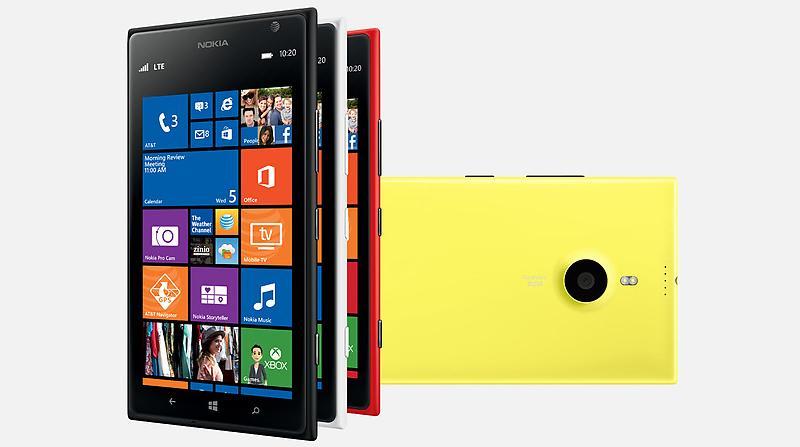
AT&T hasn't made any official announcements regarding its launch plans for the new Nokia Lumia 1520, but apparently Microsoft has no problem going ahead and putting the phone up for pre-order anyway. The 6-inch Lumia 1520 is now available for pre-order from Microsoft's online store, complete with a price tag of $199.99 on contract and a ship date of Nov. 15. Consumers that'd prefer to go the contract-free route can expect to pony up $549.99. Color options for the AT&T-flavored Lumia 1520 are black, red, white and yellow.
Announced last month at Nokia World 2013, the Lumia 1520 features a 6-inch 1920x1080 ClearBlack LCD display, making it the first phablet device on the Windows Phone platform. It's also packing a 2.2GHz quad-core Snapdragon 800 processor, 20-megapixel PureView camera and a 3400mAh battery. AT&T's version of the Lumia 1520 includes 16GB of built-in storage, and while that may not sound like much, owners have the option of expanding on that amount with a microSD card.
On the software side of things, the Lumia 1520 runs Windows Phone 8 Update 3, which Microsoft announced last month. The latest update to the Windows Phone platform brings with it a number of new features, including support for displays that are 5 inches or larger and quad-core Snapdragon 800 processors, both of which are present on Nokia's latest handset. Also included with the newest version of Windows Phone is a screen rotation lock, the ability to close apps from the multitasking view and a new Driving Mode that can cut down on a device's notifications and automatically reply to calls and text messages.
If the Nokia Lumia 1520 sounds like a device that you'd like to have living in your pocket, you can pre-order one from Microsoft right here. Just don't forget to come back and tell us which color you chose when you're done!
UPDATE: Microsoft has yanked the Lumia 1520 pre-order page. The company tells Computerworld that the product page was put up "prematurely," but the good news is that Microsoft says that it will honor any pre-orders that were placed while the page was live.
Via WPCentral, Microsoft, Computerworld